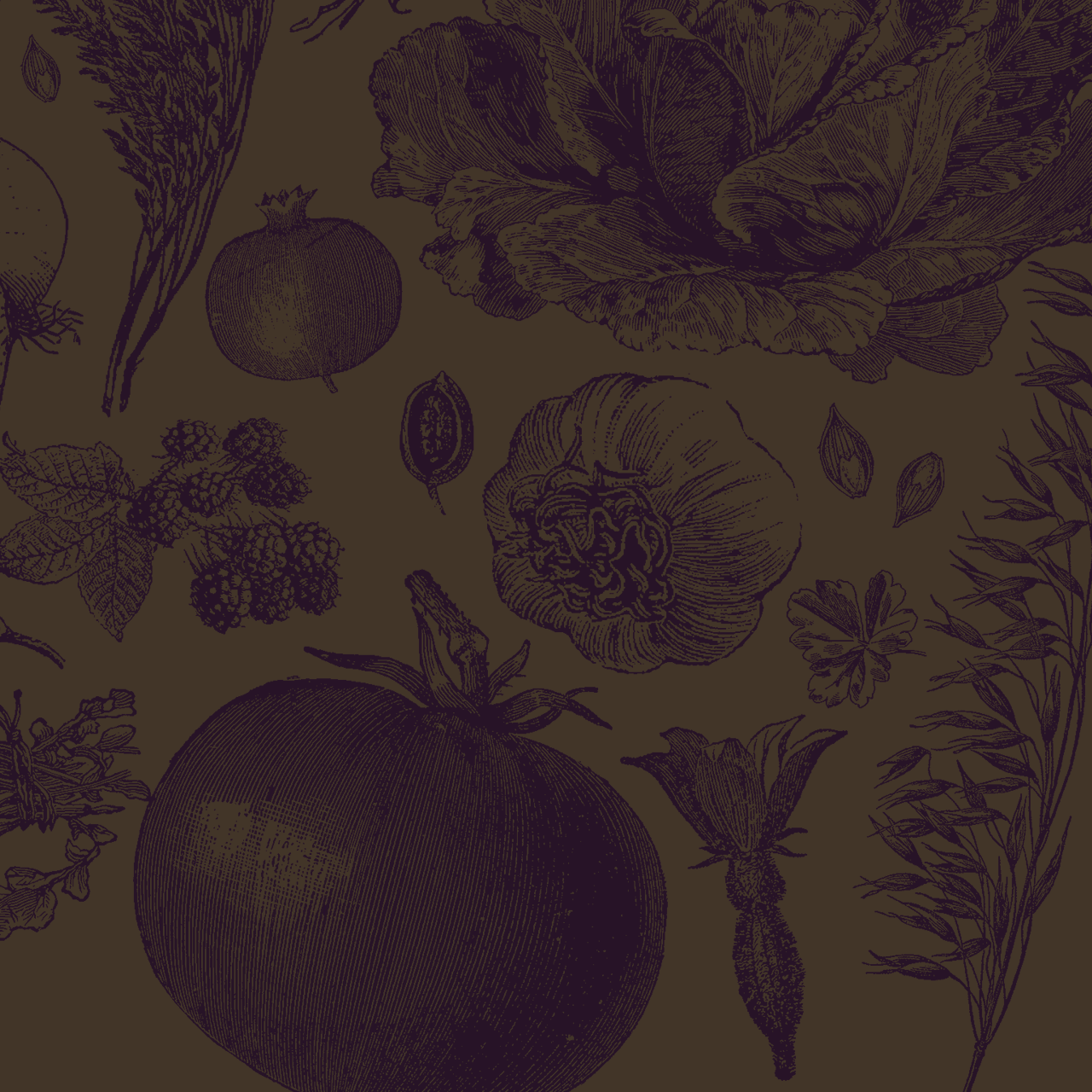The body is all-seeing and all-knowing. We can’t sneak a beef jerky into it without it knowing.
The brain, however, can be easily fooled. Most of us know only too well that post Thanksgiving dinner feeling when our brains somehow convinced us to have an extra helping of stuffing with gravy and to take a piece of every pie. I don’t know about you, but the debates that go on in my head, especially at holidays, are pretty amusing. There are negotiations, promises of reform, downright denials about how I might feel, and even assurances that whatever it was, it wasn’t fattening, bad for cholesterol, blood pressure, or heart burn (which, of course, it was).
____
So fill the mind with truisms, and the body with good food. It will talk back to you, and when it does it will be in the language of good health.
W H Y C A R B S A R E S O C O N F U S I N G
Carbophobia… I love that word. The first thing I want to say about carbs is that they are good for you, if you eat the right carbs. The second thing I want to say about carbs is they won’t give you belly fat, if you eat the right carbs. The third thing I want to say about carbs is that you won’t gain weight if you eat the right carbs. In fact, you will likely lose weight and be healthier.
So what’s all the confusion about?
Without getting into scientific explanations, the simple answer is this: There is a huge difference between complex and simple carbs, yet they are often linked together as if they were the same. Simple carbs are table sugar, milk and fruit sugars, cane, beet, and malt sugar. Complex carbs are starches like rice, beans, potatoes, squash, and corn, and indigestible fiber found in many whole grains, fruits, beans, vegetables, nuts and seeds, and sea vegetables. Starches are warehouses for energy. We need them. Fiber, not found in animal protein, is absolutely essential to keep cholesterol down and control blood sugar levels. Fiber is imperative for good digestion and a healthy GI tract. We need to eat more starch and fiber, amen.
____
Fad diets that promote low carbs or no carbs are to be avoided. While people do lose weight initially, the end result is more gain than loss, and the long-term results are not conducive to long-term good health.
NOTE: If you are suffering from any one of the chronic gastrointestinal disorders so common in our society, choose gluten free whole grains, eat more fermented foods and seasonal vegetables, and avoid Standard American Diet processed foods and animal products. You’ll find that gluten is suddenly not the problem it used to be.
____
ANOTHER NOTE: If you are trying to lose weight and having trouble, fill your plate with more vegetables and don’t overeat the grains. Just switching from simple carbs like white flour, white sugar and white rice to complex carbs like whole grains, beans and vegetables will usually be enough to drop unwanted pounds.
____
ONE MORE NOTE! If planted, a kernel of white rice will not grow, but a kernel of brown rice will. And remember that whole wheat bread is not a whole grain—it is refined. Amen again.
C R A V I N G S ! They happen to the best of us
I love it when someone says to me that their body is telling them to eat meat, or cheese, or any one of a number of foods. On those occasions I have to ask myself if it is their body talking or if they are craving something because of an imbalance.
____
Have you ever noticed how pretzels go so well with beer? That’s because sweet craves salt and salt craves sweet. Another example is big meat eaters. Often they don’t eat many vegetables, preferring fruits instead. Meat is an extreme food, way out on the acidic end of foods, while fruit is on the other end. Think of a seesaw with one end way up, then way down. The body, if it craves anything, craves balance. It’s far better to be on the fulcrum of the seesaw, than to be on either end, and the best way to do that is to eat plants.
____
Vegetables, whole grains, fruits, beans, legumes etc. are much closer to the center than meat, cheese, dairy, and sugar. Eating more foods in the middle eliminates many cravings.
____
Cravings can be a useful way to score your food. If you notice you are craving something, it might be beneficial to think about what you are missing, or what you are overeating, instead of creating an imbalance by giving in to the craving.
T H E G U T (Our second brain)
Gastroesophageal Reflux Disease (GERD), Inflammatory Bowel Disease (IBD), Irritable Bowel Syndrome (IBS), Diverticulitis, Celiac Disease, Colitis and Crohn’s Disease are more prevalent that ever. The main reason we suffer from these conditions is sitting on our Standard American Diet plates.
____
Every morsel of food we consume passes through the gastrointestinal system (i.e., our second brain), that decides to absorb the digesting food into the blood stream, or eliminate it. This system thrives on good microflora in our intestinal microbiome, and is essential for a healthy immune system. In other words, all the food we swallow impacts our health.
____
Meat-laden, highly processed, acidic, Western diets full of sugar, high fat, yeast, alcohol, caffeine, spicy foods, etc. are detrimental to our alkaline loving guts. High-fiber, low-fat plants, on the other hand, are an excellent source of probiotics that our guts love. Foods like miso, tempeh, sauerkraut, lacto-fermented pickles, and plant-based yogurts are all excellent for gut health.
____
The term “gluten free” has taken on a life of its own. Eliminating gluten can eliminate many gastrointestinal problems, but doesn’t eliminate the cause. Gluten is actually good for us if our guts are healthy. Wouldn’t it be lovely if we ate gut-loving foods, nourished our microbiome, strengthened our immune systems, and didn’t have to check the label for all things with gluten? For the many of us who are suffering from any of the above disorders, gluten is not confined to wheat and wheat products. Sadly, it is also in numerous beneficial grains like oats, kamut, spelt, and barley. It’s even in lipstick! High-fiber, low-fat, fermented foods are the way to go.

